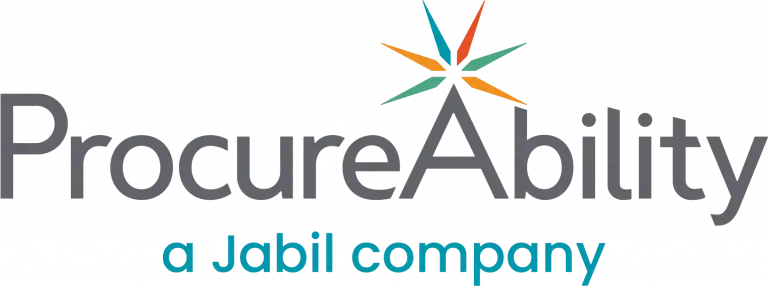Next-Gen Procurement Contract Management: From Paper to Performance

In the world of business, the contract is the single source of truth. Every contract is a handshake in writing. But when that handshake gets lost in emails, Excel sheets, and missed deadlines, business suffers.
For procurement teams, mastering contract management is not merely optional; it is a strategic imperative. We created this two-part blog series, “Next-Gen Procurement Management,” to guide procurement teams to take their contract management strategies to the next level.
In the current fast-paced business landscape, procurement professionals are under growing pressure to provide value, minimize risk, and maintain compliance. Central to these duties is contract management, a strategic field that oversees supplier relationships, financial obligations, and legal responsibilities.
While contracts play the important role of governing vast sums of money and outlining supplier interactions, they frequently remain isolated in email inboxes, spreadsheets, or uncoordinated systems. To realize genuine value, procurement teams must view contracts not merely as static documents but as strategic assets that are managed throughout their life cycle with discipline, organization, and advanced technology.
In this first installment of ProcureAbility’s two-part blog series, “Next-Gen Procurement Contract Management: From Paper to Performance,” we examine effective approaches to contract management, best practices for procurement teams, common scenarios, and the ways in which AI and technology are reshaping the field.
Mastering Contract Management
Contract management is the process of creating, negotiating, executing, storing, monitoring, and renewing contracts with suppliers and vendors. In the realm of procurement, this means ensuring that the terms agreed upon during sourcing are upheld, risks are addressed, and performance is tracked throughout the duration of the contract. Contracts are crucial to successful procurement activities, detailing the terms, conditions, and responsibilities that guarantee both parties fulfill their obligations.
At the same time, contract management is tricky. Contracts can be very involved, requiring a variety of terms that need to be understood by both parties. Different relationships also might require different terms. When you work with tens, hundreds, or even thousands of vendors, keeping those terms straight is a challenge. Adherence to contracts also must be tracked, and when many contracts are involved, it’s easy to miss deadlines and hard to stay on top of sub-par compliance. Planning and proactiveness are key to both a successful and value-add contract management process for the organization.
 Formulate standardized contract templates
Formulate standardized contract templates
The first proactive contract management best practice is creating standardized contract templates that make it easy to make new contracts. These templates establish a framework that guarantees consistency and clarity in contracts, streamlining the process and reducing uncertainty. By utilizing predefined sections and clauses, organizations can hasten negotiations and mitigate the risk of disputes. For instance, a standardized template may feature standard terms and conditions, payment terms, and dispute resolution protocols, all of which can be tailored to specific transactions. The use of standardized contract templates enhances efficiency, conserves time, and improves overall contract management practices.
 Have a supplier evaluation and selection plan
Have a supplier evaluation and selection plan
Developing a plan for how you will evaluate and select suppliers to contract with will make this step of the process easier too.
Picture entering a partnership without any foresight, unaware if your supplier can genuinely deliver on quality, cost, or reliability. This is why a standardized evaluation framework needs to be created that serves as a guiding principle. This framework transcends superficial assessments. It appraises suppliers based on distinct, weighted criteria: product quality, delivery performance, cost-effectiveness, compliance standards, and innovation capabilities. Each criterion enables procurement professionals to make equitable, transparent comparisons, ensuring they choose partners who not only meet expectations but elevate them.
Selecting a supplier is not merely about their claims; it’s about their actual performance. Dig deeper with comprehensive supplier assessments that examine financial stability, industry reputation, and historical performance. This is where you distinguish the genuinely reliable from the merely satisfactory. Are they financially robust enough to endure market fluctuations? Do they possess a proven history across various clients and sectors? Ask the challenging questions early to avoid unexpected issues later.
 Set up a timeline for continuous contract performance monitoring
Set up a timeline for continuous contract performance monitoring
By consistently overseeing contract performance, organizations can quickly identify and resolve any issues or instances of non-compliance, thereby minimizing the risk of financial losses or legal conflicts. For instance, through diligent monitoring, an organization might find that a supplier is repeatedly late with deliveries, enabling them to take necessary steps to correct the issue or seek a different supplier.
This starts with assigning responsibility for monitoring. Establish cross-functional teams or steering committees to enhance collaboration and oversight. These teams should include a variety of stakeholders who are directly affected by the relationship with the supplier. Engage with internal teams, end-users, and cross-functional stakeholders to collect practical insights about suppliers. Make sure these contract-monitoring teams or committees are aware of their goals by engaging them in regular training sessions to keep them up-to-date about policies, compliance, and any technology being used to aid the process.
One key piece of technology to use in contract performance monitoring is data and advanced analytics. In this era of digital transformation, relying solely on intuition is insufficient. You can utilize data analytics tools to track real-time supplier performance, industry benchmarks, and evolving market conditions. This will enable you to make proactive decisions rather than reactive adjustments. Whether the situation involves recognizing a decline in delivery timelines or comparing pricing models among vendors, data can provide the clarity and assurance to act swiftly and judiciously.
Partnerships must not remain unchanged. As the demands of the business shift, the performance of suppliers must also adapt. Therefore, you need a system for ongoing monitoring, quarterly evaluations, and organized feedback channels. These systems enable you to pinpoint opportunities for improvement, acknowledge achievements, and adjust expectations, guaranteeing that suppliers stay flexible and attentive to changing needs.
Strategize for success
By adopting these proactive strategies, organizations can enhance their ability to effectively develop contracts, evaluate and select suppliers, and monitor contract adherence, ultimately improving procurement results and maximizing value.
But that’s not all you need to do to master contract management. In our next installment, “Next-Gen Procurement Contract Management: 10 Ways to Reimagine, Modernize, and Maximize Enterprise Value,” we’ll look at 10 specific ways to modernize your contract management strategy, from collaboration tips to operational best practices to ways to integrate continuous improvement to stay ahead of the curve.
Author:
Nutan Rath
Consultant at ProcureAbility





